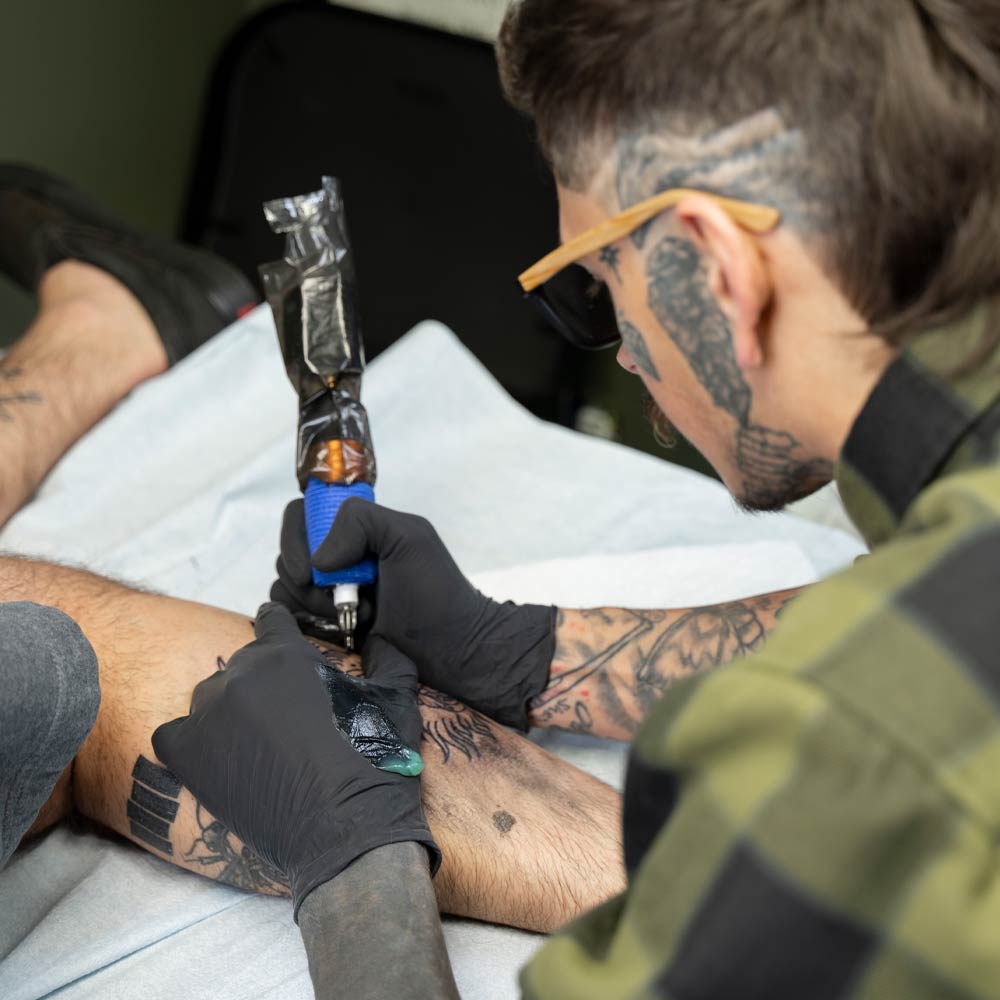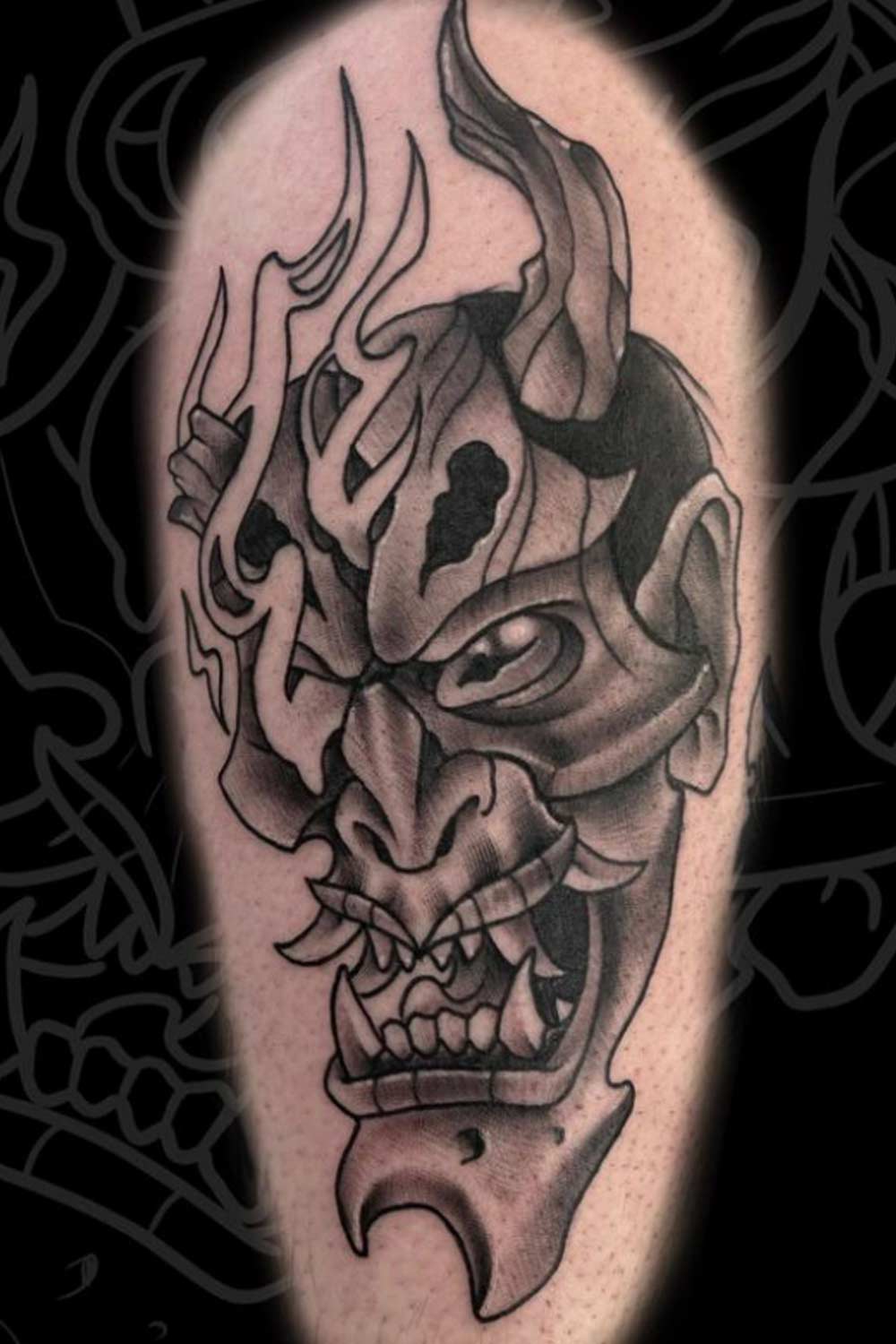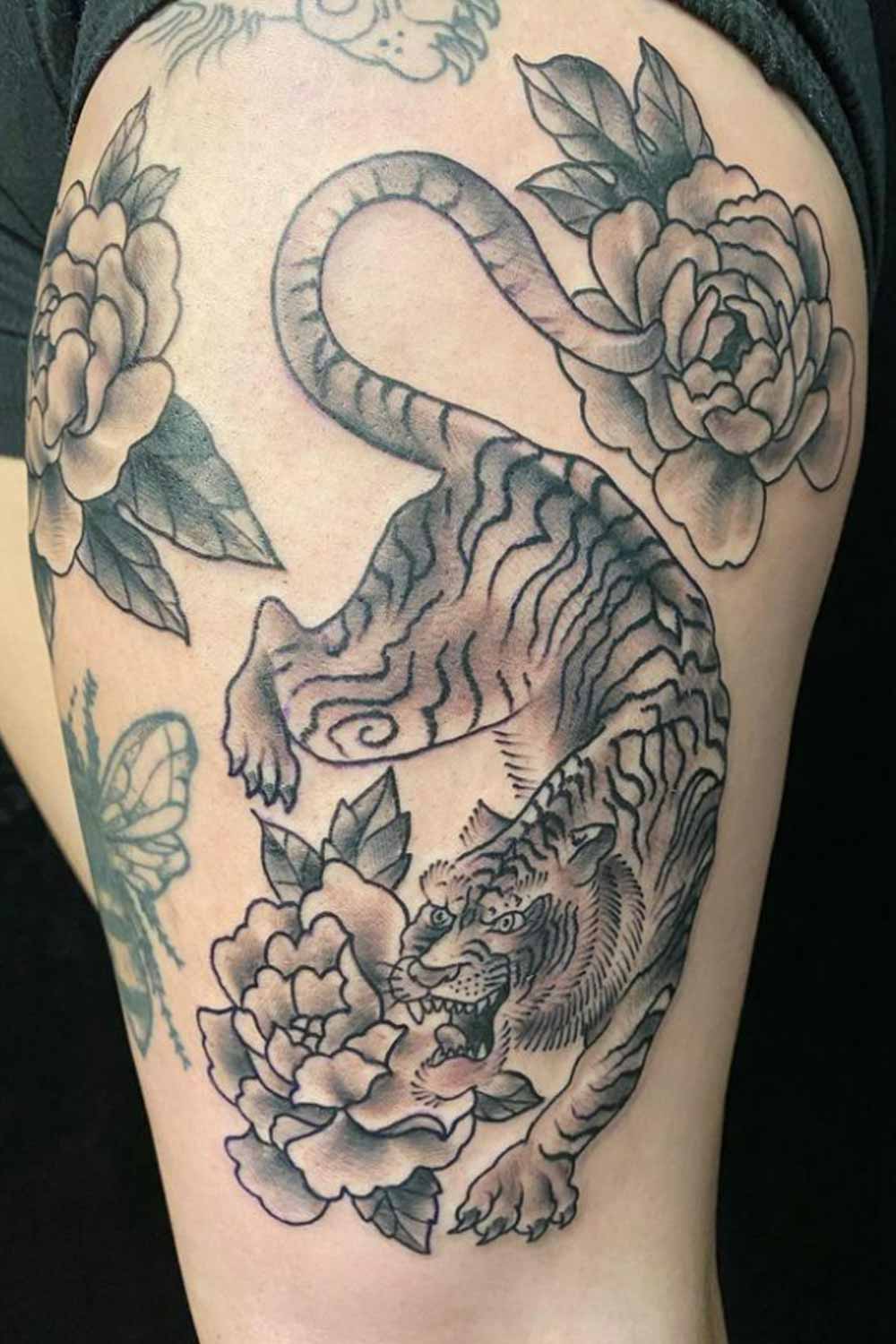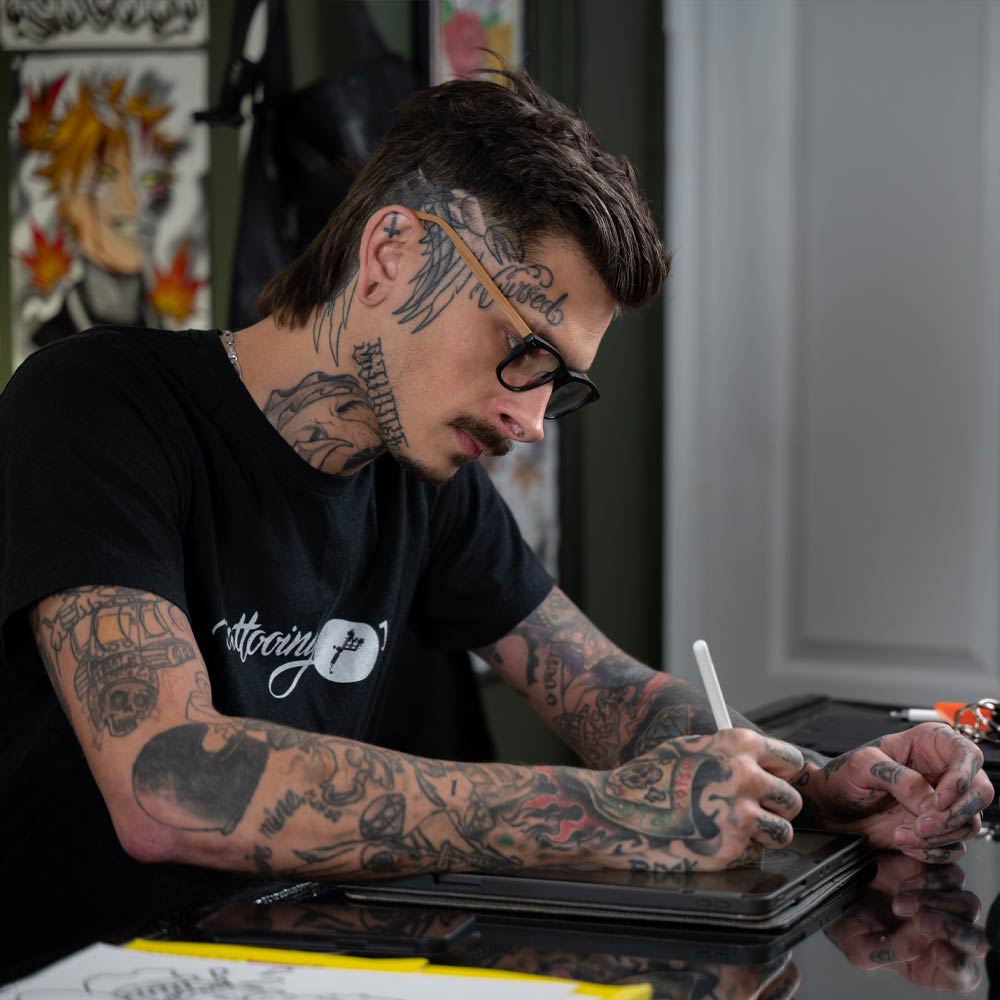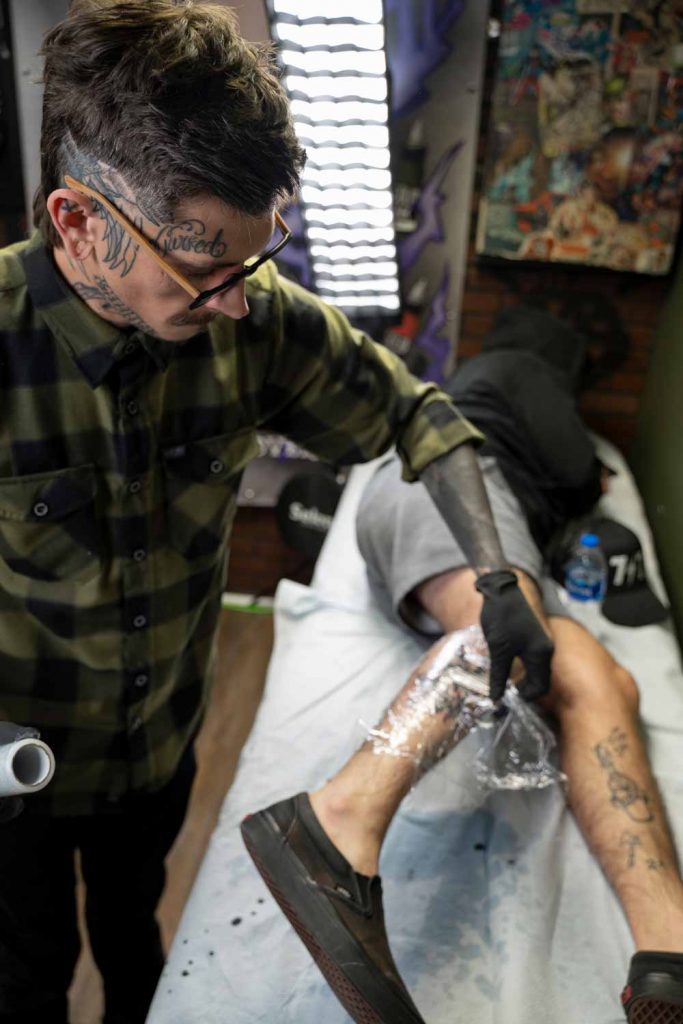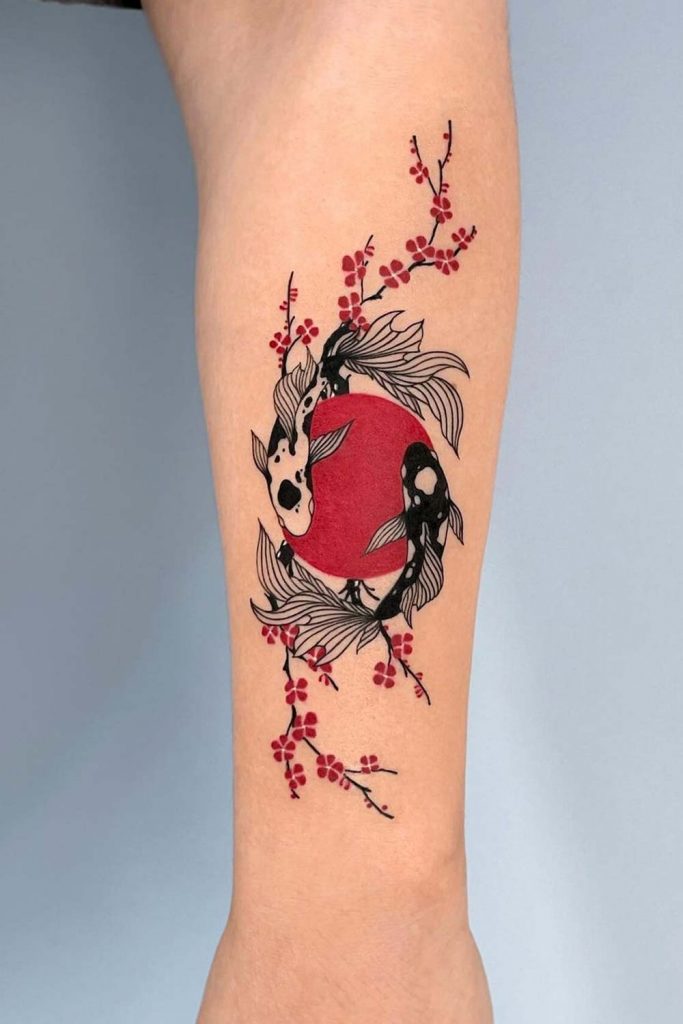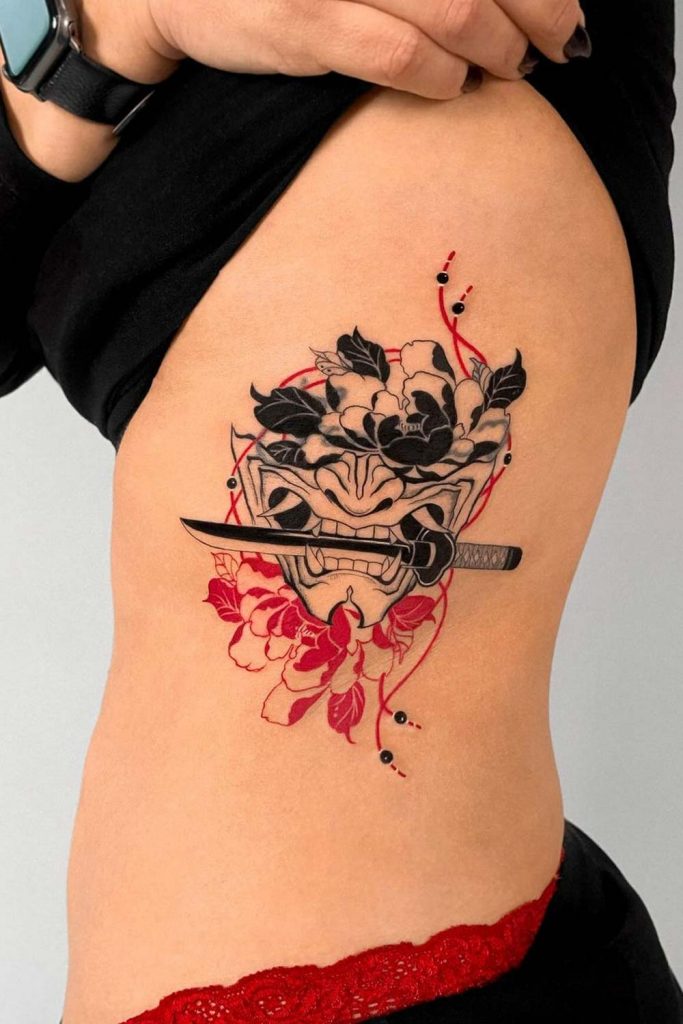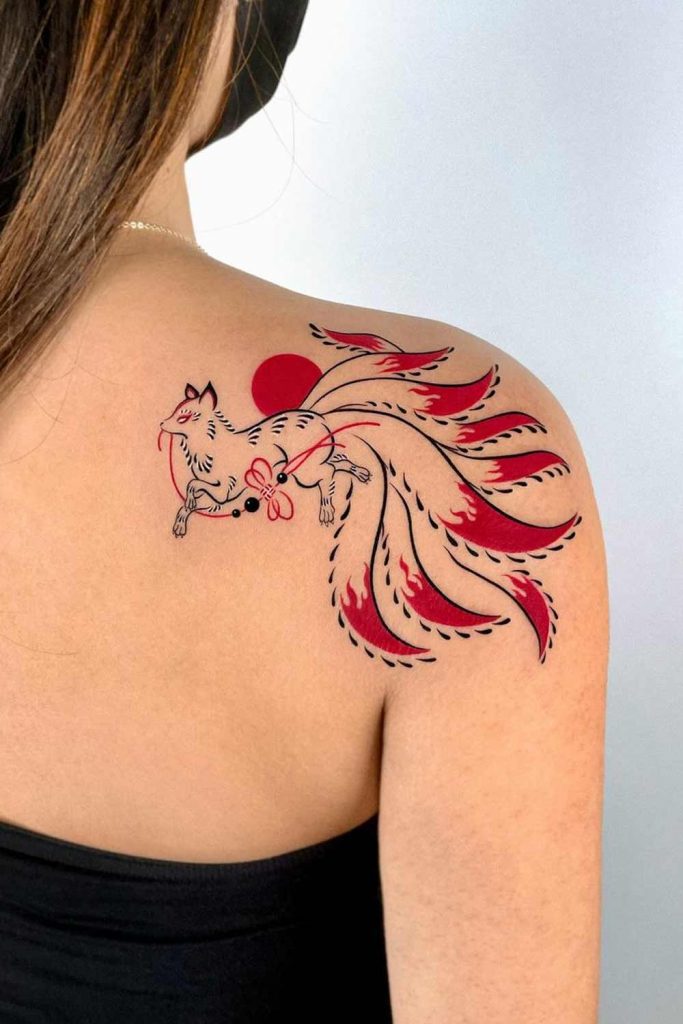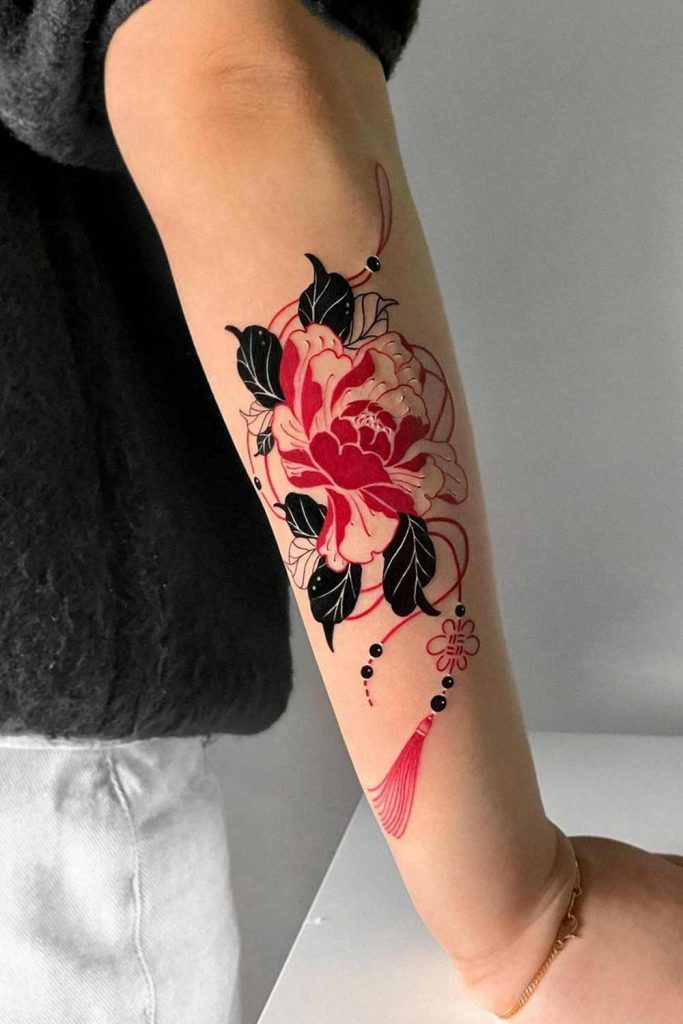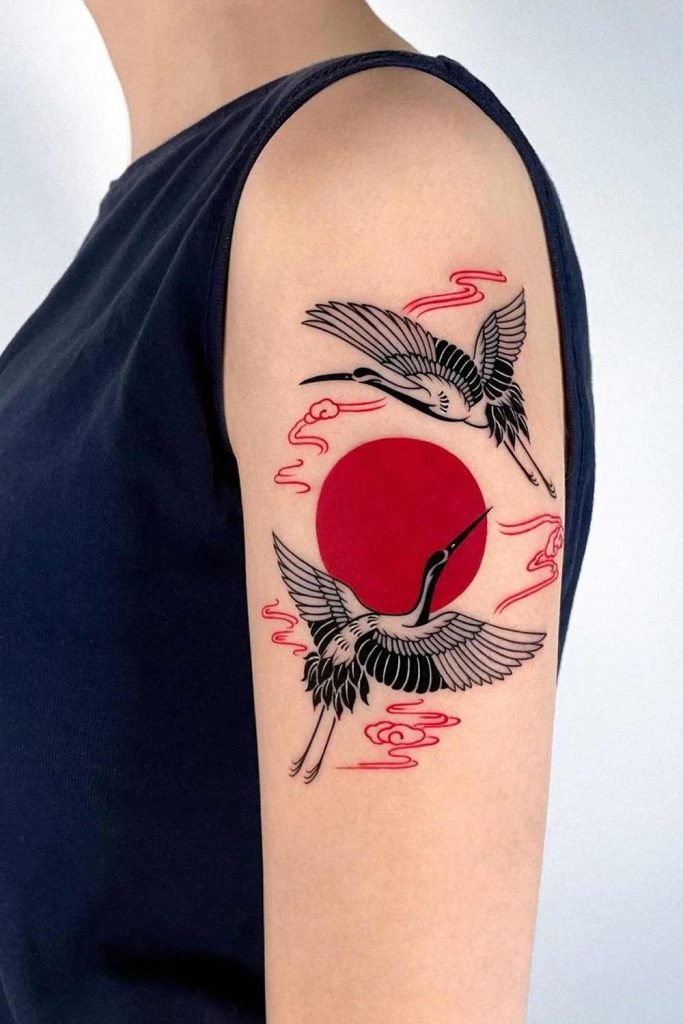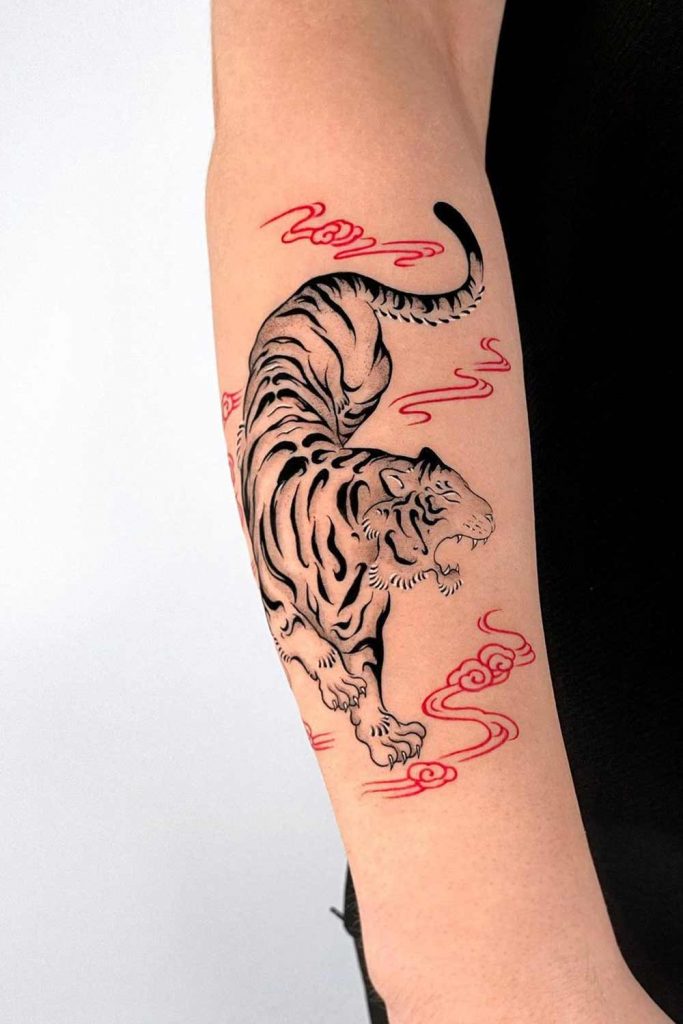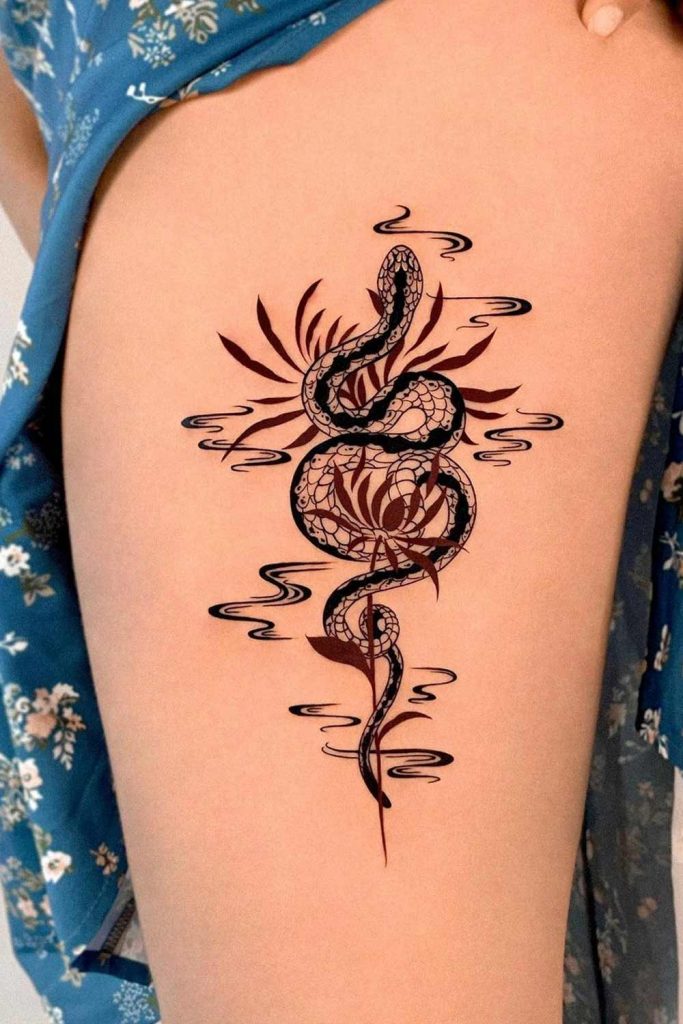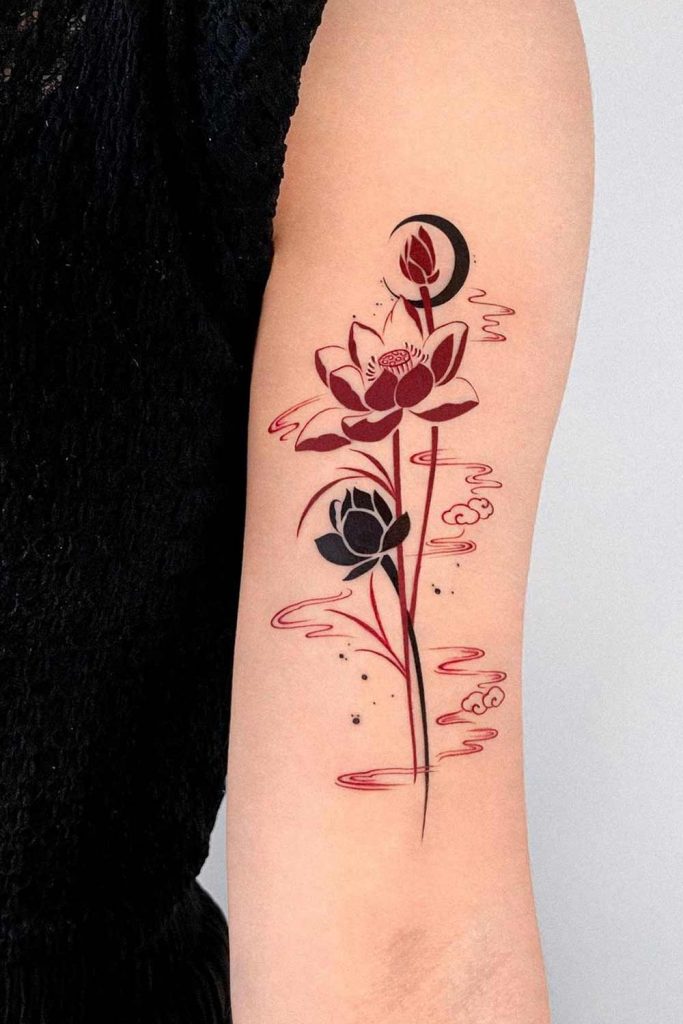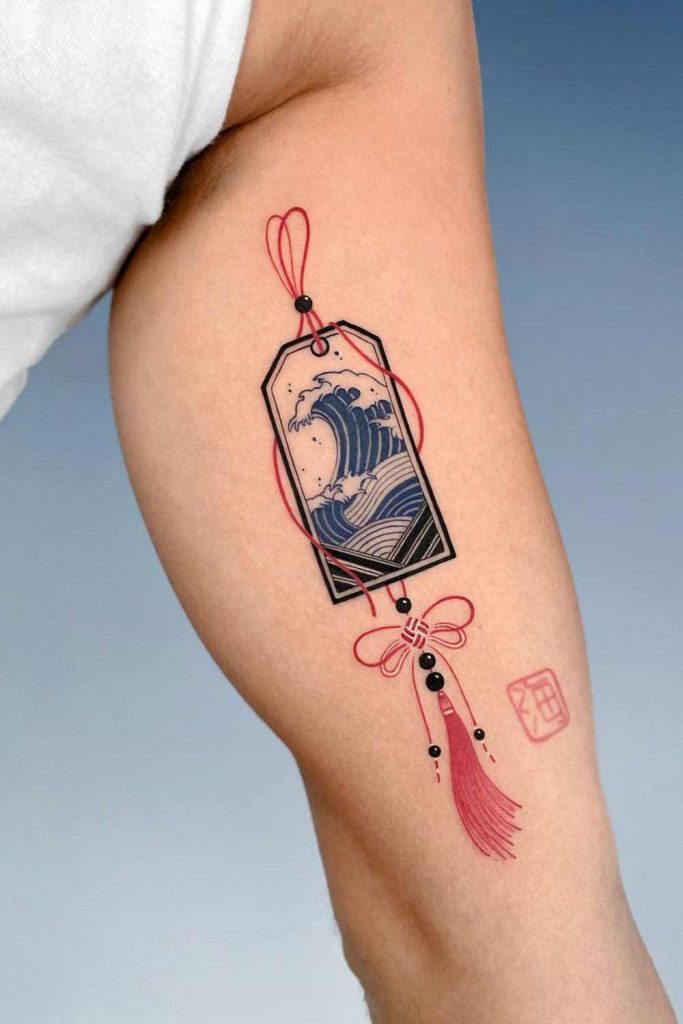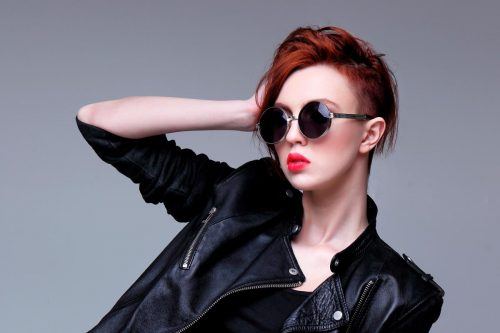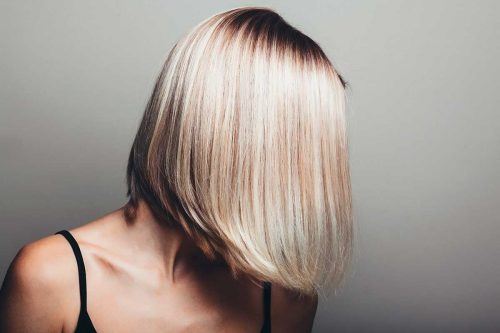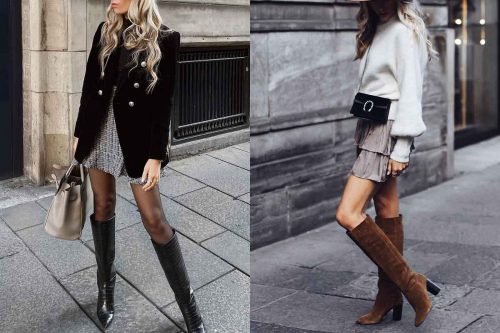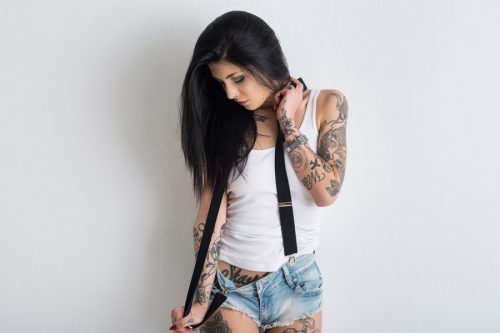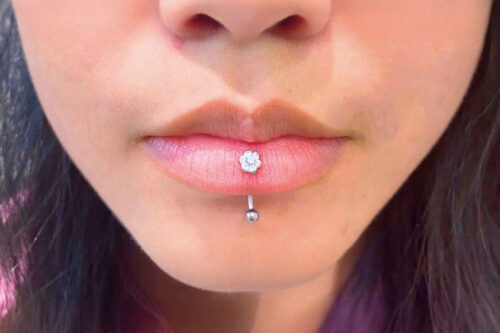Embark on a fascinating journey into the world of Japanese tattoo art with our expert, Brandon Over. In this article, Brandon shares the captivating history and intricate designs that make Japanese tattoos so unique. Discover the rich symbolism and stunning techniques that make this art form truly extraordinary.
*We may earn money from affiliate links on this page. Please check out our disclosure policy for more details.QUICK NAVIGATION
- Symbolism in Japanese Tattooing
- The History of Japanese Tattooing
- Traditional Tattooing Methods
- Japanese Tattoo Style Motifs and Themes
- How to Choose the Right Design for You
- Care and Maintenance of Japanese Tattoos
- Final Thoughts
Symbolism in Japanese Tattooing
The Japanese tattoo is a deeply symbolic tradition that is rooted in centuries of cultural heritage, no wonder it is one of the most popular tattoo ideas for men. The designs are meant to weave together history, mythology, and the wearer’s personal journey.
Because of this, each design element must be meticulously chosen to create a unique and timeless design.
The History of Japanese Tattooing
Japanese tattoos, known as irezumi, carry a fascinating history that stretches back centuries to the Edo period, when tattooing began to flourish as an art form, finding its place among various social groups.
However, soon tattoos were associated with criminals and outcasts, who used them as a form of identification and punishment. And while that is still a common misconception about tattoos even today, tattooing did make its way into other areas of Japanese society; Samurai warriors adorned their bodies with symbols of their allegiance and personal achievements, while artisans used Japanese tattoo designs to display motifs inspired by nature and mythology.
Traditional Tattooing Methods
In the early days of Japanese tattooing, there were no tattoo machines. They used traditional bamboo needle bars with metal needle tips attached at the end of the bar, as well as the traditional tebori method, or “hand tattooing” method. This means that the artist holds the needle in their hand and “pokes” the needle into the skin manually.
This tattoo technique makes the tattoo process much longer and more painful than getting tattooed with the machines we have access to today. However, some clients still opt for this traditional Japanese tattoo method. There is a sense of “earning” your tattoo through the pain. And because many Japanese tattoos take up large spaces on the body (entire leg sleeves or body suits, for example), getting a tattoo in this way is a feat of bravery and determination.
There are a few artists around the world who specialize in this style of tattooing, and they usually develop a close relationship with their clients because their body suits will take years to complete.
Japanese Tattoo Style Motifs and Themes
Japanese style tattoos are unique because they usually start as a theme or idea, as opposed to an image.
This is why these tattoos are considered a close collaboration between the artist and the client. They discuss what story a client wants on their skin, and then the artist uses themes from Japanese mythology to craft together unique tattoo styles.
There are lots of iconic elements commonly found in Japanese tattooing as well, and each one can represent multiple motifs, depending on cultural context. However, these are some of the most common ones you’ll see today, as well as what they (usually) stand for:
- Dragons: A Japanese dragon tattoo symbolizes power, wisdom, protection, and good fortune. Dragons serve as guardians against evil.
- Koi Fish: Represent perseverance, determination, and transformation. In tattoo designs, you’ll usually see them swimming upstream, symbolizing the person overcoming obstacles to achieve success.
- Cherry Blossoms: A Japanese cherry blossom tattoo symbolizes the fleeting nature of life and the beauty of things being temporary. You’ll usually see them floating in the wind in tattoo designs as a reminder to be present in the moment.
- Geishas: Embodiments of elegance, grace, and femininity. Geisha tattoos celebrate the artistry, poise, and dedication of these iconic figures in Japanese culture.
- Samurai: Symbolize honor, loyalty, and strength. They are noble warriors who portray the virtues of courage and resilience.
- Phoenix: Represents rebirth, transformation, and immortality. The phoenix is a mythical bird that emerges from the ashes, symbolizing the ability to rise above challenges and start anew.
- Tigers: Symbolize strength, courage, and protection. Tigers are usually considered to be guardians against evil spirits.
- Waves: The Japanese waves tattoo represents the power of nature, adaptability, and life's constant change. Waves have a dual meaning in that they symbolize strength in the face of adversity and the ability to flow with the rhythms of life.
- Peonies: Symbolize beauty, prosperity, and good fortune. Most of the time, tattoo artists will draw them in full bloom, representing wealth and honor.
- Hannya Mask: Symbolizes jealousy, anger, and female rage. The hannya mask is a traditional Japanese theater mask that represents a tormented and vengeful female spirit.
How to Choose the Right Design for You
Nowadays, tattoos are focused more heavily on aesthetics and imagery, so it’s not abnormal to have someone decide on getting a koi fish or peonies simply because they love the look of them. However, many clients like the fact that they can build a tattoo that tells their personal story.
I highly recommend taking a look at some of the most defining moments in your life – like when you succeeded after lots of setbacks or had a life-changing revelation – and finding Japanese tattoo elements and mythological stories that match the emotions and lessons you experienced. It’s very likely you’ll find one that resonates with you.
If you’re struggling, your tattoo artist will be a huge help in coming up with some of the best tattoo ideas. Arranging multiple elements in a way that looks cohesive on the body isn’t easy, but they’ll have experience in which images look good together and how you can make sure your design flows with your muscles (a super important part of designing a tattoo).
Care and Maintenance of Japanese Tattoos
Japanese tattoos are usually a big investment (a Japanese tattoo sleeve may cost anywhere between $3000 to $3500 whereas the price for body suits starts from $10K and more), so it’s important to take care of your tattoos.
Your specific tattoo artist should give you a printed set of instructions after you get your Japanese style tattoo. And while every artist will have slightly different suggestions and products they like to use, the basics are usually the same:
- The artist will put some type of plastic wrap over your fresh tattoo. Change the wrap every three or so hours and clean off any plasma that’s on the tattoo. Wrap it before you go to sleep. Your tattoo artist will let you know how long you need to keep the tattoo wrapped.
- When you no longer have to wrap the tattoo, apply a thin layer of a water-based unscented lotion (like Lubriderm) every two to three hours. I recommend using a new glove for this each time, but at the very least make sure to wash your hands before applying the lotion. Do not over-moisturize and do not use Vaseline (it can trap bacteria).
- Do not go to the gym, expose your tattoo to direct sunlight, or go swimming until the tattoo is healed. These can all cause damage to your Japanese traditional tattoo before it is healed by exposing you to bacteria and/or causing early fading.
Final Thoughts
From the historical roots of a Japanese tattoo to the profound symbolism behind specific designs, this ancient art form speaks a language of its own and encourages collaboration between the artist and client.
Whether you seek to honor tradition, reflect personal values, or embark on a path of self-discovery, Japanese tattoos offer a timeless and meaningful form of expression.
Here Glaminati Team prepared more creative ideas of Japanese tattoos with their unique meanings:
Koi Fish
by @offtattooerKoi fish tattoos are on the edge of popularity due to the versatility of meanings that these creatures possess. However, a traditional Japanese-style tat contains the cultural authenticity of the fish and doubles the symbolism. Koi fish represent an unwavering ability to overcome any challenges and reach a set goal despite the obstacles.
Hannya Mask
by @offtattooerIn Japanese culture, there's a fierce and jealous female demon that reflects all the adversities and dark traits of human nature. Hannya's mask is one of the most common representations of the demon. While it can reflect the inner demons you are battling with, it can also protect the wearer from any evil.
Phoenix (Hō-ō)
by @offtattooerTraditional Japanese phoenix tattoo has unique and recognizable aesthetics, but it still bears the classic meaning. The magical creature symbolizes rebirth and renewal. However, it is also a bird of triumph and resilience. Whether you want to celebrate your achievements or inspire yourself – the chest piece is a suitable option to consider.
Nine-Tailed Fox or Kitsune
by @offtattooerJapanese mythology is full of magical creatures that bear deep meanings one could use as an infinite source of inspiration. Kitsune, for instance, is often depicted as a nine-tailed fox that stands for cunning and intelligence, along with its supernatural abilities. Sometimes, the Fox is described as the Inari – a Shinto deity – who is wise and protective. If you combine both, you will get a tattoo that will ward off evil and emphasize your slightly mischievous side.
Peony Flower (Botan)
by @offtattooerThe appealing nature of any flower tattoo can't be coated in words. However, as the rose is the flower of beauty, a peony is titled the King of Flowers. In Japanese culture, peonies represent wealth and prosperity, along with bravery and honor. Keep in mind a peony is a sign of masculine power, no matter its fragile and fragrant appearance.
Cranes
by @offtattooerCranes are a sign of good health, happiness, and longevity. These birds are often depicted in pairs to stress their loyalty and loving nature. According to Japanese myths, cranes represent fidelity and will bring happiness to those who love and respect their significant others.
Tiger (Tora)
by @offtattooerTigers are fierce inhabitants of the wild jungles, and that makes them twice as appealing as tattoo art. Aside from the evident courage and strength, in Japan, tigers are viewed as guardians who can protect the wearer against evil spirits. Some people believe that tigers can bring luck.
Cherry Blossoms (Sakura)
by @offtattooerA cherry blossom tattoo is known for its delicate and mesmerizing visual appearance, but there's more to the image. The fleeting beauty of cherry blossom represents the same fleetingness of life. A tattoo like that can become a personal reminder to appreciate every moment in life and say 'no' to regrets.
Snake (Hebi)
by @offtattooerSnake tattoos are exceptionally popular and for different reasons. However, in Japan, snakes are viewed as watchful protectors against illness and bad luck. Moreover, snakes are a source of wisdom and hidden danger.
Lotus Flower
by @offtattooerIf you are thinking about getting a lotus flower tattoo, you already know that the flower signifies purity and enlightenment. However, it can also symbolize your challenging way up, from where you've started to where you've got so far. It is the best reminder that you can do anything you want as long as you set your mind to it.
Wave (Nami)
by @offtattooerJapanese wave style is widely recognized because of its depiction style. Yet, the powerful meaning that the ink bears deserves as much attention. The truth is that waves are a symbol of strength and unpredictability. Just like the ocean itself, tattooed waves indicate the motion and fluidity of our lives, inviting us to accept the changes and rock those waves as any pro surfer would do.
Was this article helpful?




